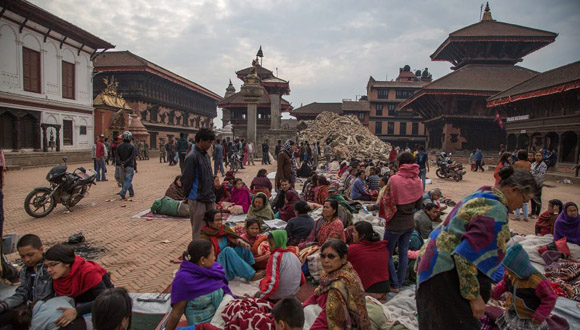Although the deaths after last Saturday’s earthquake in Nepal currently total 4,300, Prime Minister Sushil Koirala said that up to 10,000 deaths might be reported.
At a meeting with ambassadors from neighboring India and China and the United States, the head of government expressed fears that the earthquake’s victims might exceed those killed by the 1934 earth tremor, which killed 8,000 people.
Although rescue works are still under way under the debris, authorities have provisionally estimated the number of deaths at 4,347 and more than 7,500 injured, most of whom are in critical conditions.
However, the number of deaths due to the earthquake might increase because hospitals are overloaded and lack medical materials and blood. Some hospitals are having problems to discard wastes.
In addition, unhealthy conditions exist as a result of a natural disaster of such magnitude. In Kathmandu, there is shortage of drinking water and women and children stand on line in several neighborhoods to collect water in plastic buckets.
There are zones where food and staples are running out, and some hospitals in the capital and in the rest of the country have reported unusual cases of diarrhea.
 Escambray ENGLISH EDITION
Escambray ENGLISH EDITION






Escambray reserves the right to publish comments.